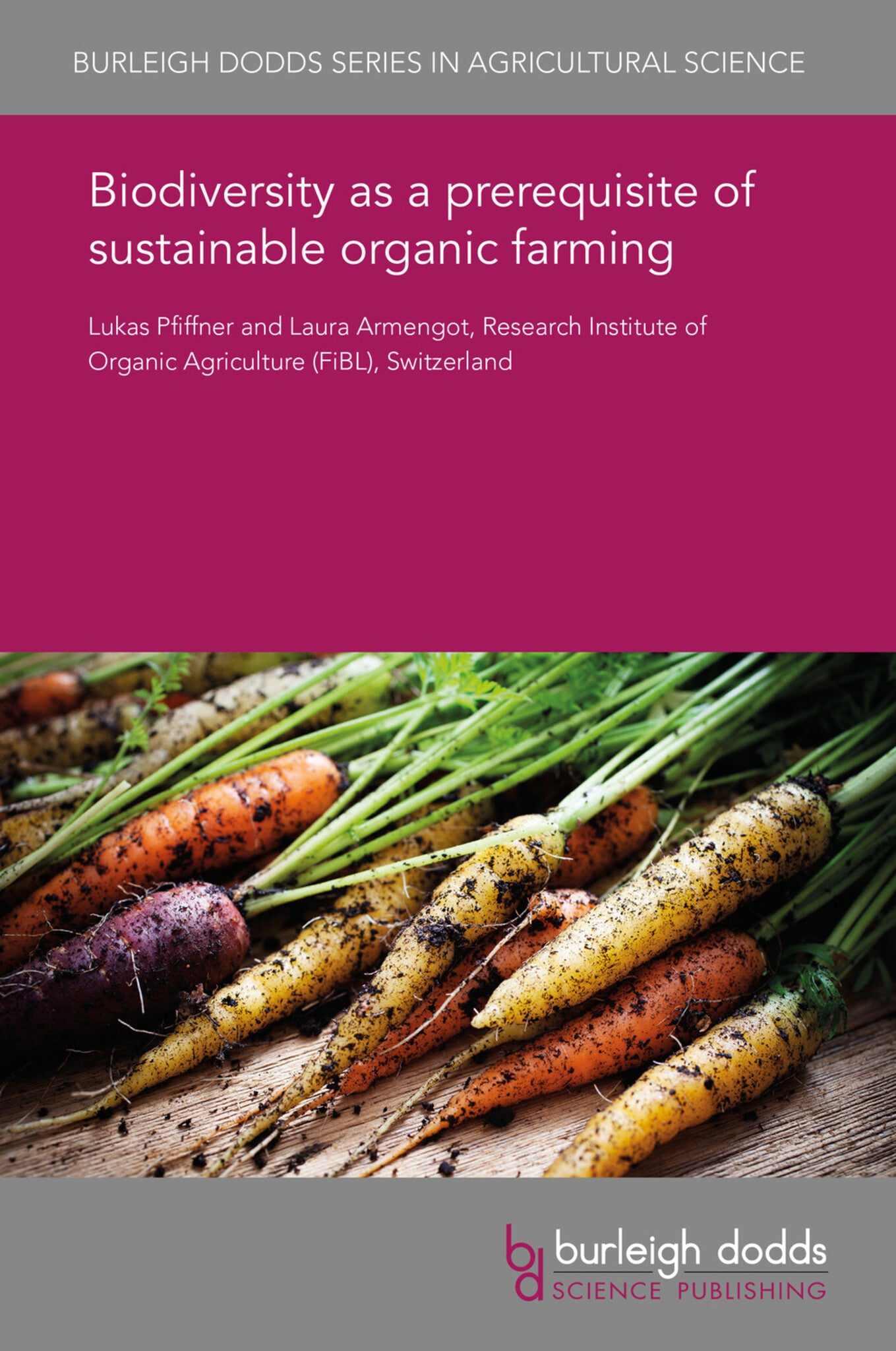We're sorry. An error has occurred
Please cancel or retry.
Biodiversity as a prerequisite of sustainable organic farming
Regular price
£25.00
Sale price
£25.00
Regular price
£25.00
Unit price
/
per
Sale
Sold out
Re-stocking soon
Over the last century, the intensification of agriculture with high inputs of synthetic pesticides and fertilisers combined with monocrop specialisation has been detrimental to the diversity of gen...
Read More

Some error occured while loading the Quick View. Please close the Quick View and try reloading the page.
Couldn't load pickup availability
- Format:
-
14 August 2018

Over the last century, the intensification of agriculture with high inputs of synthetic pesticides and fertilisers combined with monocrop specialisation has been detrimental to the diversity of genetic resources of crop varieties and livestock breeds, to the wild flora and fauna species and to the diversity of ecosystems. Higher levels of biodiversity can strengthen farming systems and its resilience under changing environmental conditions. This chapter gives an overview of the impact of organic farming on biodiversity. The chapter considers land-use intensity, the impact of organic farming on biodiversity, biodiversity at different spatial scales and the impact of organic farming on selected functional groups. Finally, the chapter discusses some examples of the application of functional agro-biodiversity to boost key ecosystem services on organic farms, and looks ahead to future research trends in this area.

Price: £25.00
Publisher: Burleigh Dodds Science Publishing
Imprint: Burleigh Dodds Science Publishing
Series: Burleigh Dodds Series in Agricultural Science
Publication Date:
14 August 2018
ISBN: 9781838796600
Format: eBook
BISACs:
TECHNOLOGY & ENGINEERING / Agriculture / Sustainable Agriculture, Organic farming, TECHNOLOGY & ENGINEERING / Agriculture / Agronomy / Crop Science, TECHNOLOGY & ENGINEERING / Pest Control, Sustainable agriculture, Agronomy and crop production, Pest control / plant diseases

1 Introduction 2 Biodiversity and land-use intensity 3 Impact of organic farming on biodiversity 4 Biodiversity at different spatial scales 5 Impact of organic farming on selected functional groups 6 Future trends and conclusion 7 References



